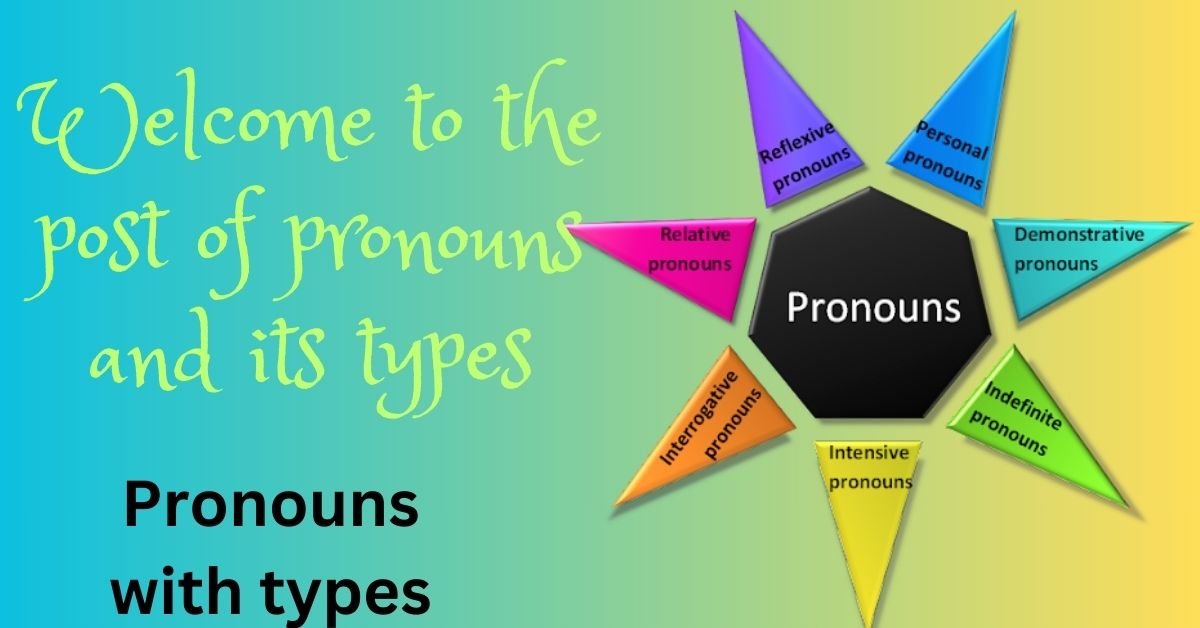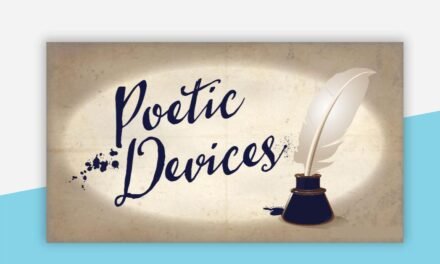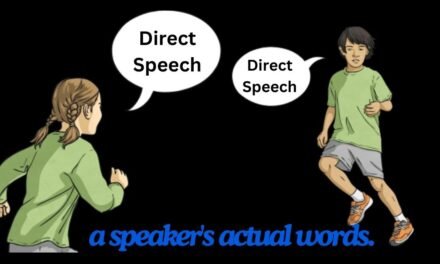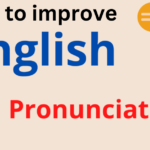This comprehensive guide dives deep into the world of pronouns, exploring their various types and how to use them effectively. Whether you’re a seasoned writer or just starting to hone your grammatical skills, this exploration will equip you with the knowledge to elevate your communication to new heights.
Grammer play a vital role in our everyday communication, acting as essential building blocks in clear and concise sentences. These handy substitutes for nouns allow us to avoid repetitive mentions of people, places, or things. But pronouns with types? Yes, there’s more to them than meets the eye! Just like a well-equipped toolbox holds various tools for different jobs, it comes in a variety of types, each with a specific function.
Importance of pronouns
It may seem like tiny words, mere substitutes for nouns, but their importance in communication cannot be overstated. These unsung heroes play a crucial role in creating clear, concise, and engaging language. Let’s delve into the reasons why it matter so much:
Smooth Sailing: Imagine a conversation riddled with repetitive mentions of the same name. It would be clunky and awkward, right? It eliminates this redundancy, ensuring our communication flows smoothly. Instead of saying “Sarah went to the store. Sarah bought groceries. Sarah came home,” we can simply say “Sarah went to the store, bought groceries, and came home.” It create a natural rhythm, making our speech and writing more pleasant to listen to and read.
Focus and Clarity: It help us pinpoint specific people or things within a sentence. Consider the sentence “The teacher explained the concept. The students listened attentively.” Here, “the teacher” and “the students” establish the focus of the sentence. Without it, we’d need to constantly repeat these phrases, making it unclear who is doing what. It bring a sense of focus and clarity to our communication.
Conciseness is King: In today’s fast-paced world, conciseness is key. Pronouns help us express complex ideas in a more economical way. By eliminating unnecessary repetition, pronouns allow us to pack more meaning into fewer words. This is particularly important in formal writing, where clarity and conciseness are paramount.
Respectful Communication: In recent years, the importance of using correct pronouns has gained well-deserved attention. For transgender and gender non-conforming individuals, using their preferred it is a fundamental aspect of respecting their identity. Misgendering someone through incorrect pronouns can be hurtful and invalidating. Proper pronoun usage fosters a more inclusive and respectful environment for everyone.
Variety and Nuance: The diverse range of pronoun types allows for more nuanced communication. For example, possessive pronouns like “mine” and “yours” indicate ownership, while demonstrative pronouns like “this” and “that” point to specific objects. Indefinite pronouns like “some” and “any” add a touch of vagueness when needed. This variety allows us to express ourselves with greater precision and flexibility.
Learning pronouns is an investment in your communication skills, both written and spoken. It allows you to express yourself with clarity, precision, and respect, making you a more confident and effective communicator. So, dive into the world of pronouns – it’s a journey that will empower your words!
In conclusion, pronouns are much more than just simple substitutes for nouns. They are the glue that holds our communication together, ensuring clarity, conciseness, and respect. By mastering the art of pronoun usage, we can unlock a new level of fluency and express ourselves more effectively in all aspects of our lives.
What are Pronouns with types?
Imagine you’re telling a story about your friend Ben. Instead of saying “Ben, Ben, Ben” all the time, you can use a shorter word like “he” or “him” to keep things smooth. Those shorter words are called Pronouns. They take the place of nouns, making our sentences flow better. Pronouns come in all sorts of flavors, just like ice cream! Let’s meet some of the most common ones:
For example;
- He runs toward school.
- Don’t disturb her. She is busy.
- Ali said to her ” Be in your senses”.
In the vast world of language, pronouns act as versatile chameleons, blending seamlessly into sentences and taking the place of nouns. They are the workhorses of clear communication, ensuring our speech and writing flow smoothly without unnecessary repetition. But what exactly are pronouns, and how do they function within sentences? Buckle up, because we’re diving deep into the fascinating world of pronouns and exploring their various uses with examples!
At their core, pronouns are words that substitute for nouns. Imagine you’re writing a story about your dog, Charlie. Saying “Charlie chased the ball. Charlie wagged his tail. Charlie barked excitedly” gets repetitive, right? Here’s where pronouns come in! Words like “he” and “his” can replace “Charlie” throughout your story, making it flow effortlessly. In this example, “he” is the pronoun referring back to the noun “Charlie” (the antecedent), and “his” is the possessive pronoun indicating ownership of the tail.
Pronouns don’t have a life of their own; they rely on the context of the sentence and the previously mentioned noun to establish their meaning. The success of pronouns hinges on this relationship with the antecedent. For instance, in the sentence “She bought a new dress,” the pronoun “she” most likely refers to the subject of the sentence, implying a woman purchased the dress. However, without additional context, it’s impossible to pinpoint the exact person “she” refers to.
Types Of Pronouns
Types of pronouns are discussed in detail here with example sentences. Now You can easily understand types of pronouns. All you have to do is go through all of these definitions of types of pronouns and also their examples. After reading all this, then make examples of your own. Let’s dive deep into the types of Pronouns.
Personal Pronouns:
These are the superstars of the pronoun family. They take center stage, referring to specific people or things. Personal pronouns are further categorized based on person:
- First Person: These pronouns refer to the speaker or writer. Examples include “I,” “me,” “myself,” and “we” (inclusive – refers to the speaker and others) and “us” (exclusive – refers to others but not the speaker).
- Second Person: These pronouns directly address the listener or reader. Examples include “you,” “yourself,” and “yourselves.”
- Third Person: These pronouns refer to someone or something other than the speaker or listener. Examples include “he,” “she,” “it,” “they,” “them,” “himself,” “herself,” “itself,” “themselves,” and “one” (used in a general sense).
Possessive Pronouns:
Need to show ownership? Look no further than possessive pronouns! These pronouns indicate who or what something belongs to. Unlike possessives formed with apostrophes (“the boy’s hat”), possessive pronouns stand alone. Examples include “mine,” “yours,” “his,” “hers,” “its,” “ours,” and “theirs.”
Demonstrative Pronouns:
Ever felt the need to point without actually lifting a finger? Demonstrative pronouns come to the rescue! These pronouns, like “this,” “that,” “these,” and “those,” highlight specific things we’re referring to in a sentence. For instance, “This book is mine, and that one is yours.”
Reflexive Pronouns:
These pronouns point back to the subject, emphasizing an action done to oneself. They are formed by adding “-self” or “-selves” to the personal pronoun (e.g., “herself,” “himself,” “myself,” “ourselves”). A classic example is “She looked at herself in the mirror.”
Interrogative Pronouns:
Got a burning question? Interrogative pronouns are here to help! These pronouns act as question starters, forming the foundation of your inquiries. Examples include “who,” “what,” “when,” “where,” “why,” and “how.”
Indefinite Pronouns:
Don’t want to be specific about who or what you’re referring to? Indefinite pronouns represent non-specific people or things. Examples include “some,” “any,” “everyone,” “nobody,” “something,” “everything,” “few,” “many,” “each,” “all,” and “none.”
Reciprocal Pronouns:
When two or more people are involved in a mutual action, reciprocal pronouns like “each other” and “.The world of pronouns extends beyond the usual suspects like “he,” “she,” and “it.” There’s a special category dedicated to situations where two or more people or things are involved in a mutual action. These are reciprocal pronouns, and they add a layer of nuance and clarity to our communication.
Conclusion
This post may seem complex at first glance, but with a little practice, you can master these versatile tools and elevate your communication to new heights. By understanding the different pronoun types – personal, possessive, demonstrative, reflexive, interrogative, indefinite, and reciprocal pronouns – and using them effectively, you can craft clear, concise, and engaging sentences.
Remember, pronouns are the silent heroes of grammar, ensuring your writing and speech flow smoothly and avoid unnecessary repetition. So, the next time you put pen to paper or open your mouth to speak, take a moment to consider the power of it. With a little effort, you’ll be wielding these grammatical tools like a pro, ensuring your communication is impactful and leaves a lasting impression.
So, next time you’re talking, keep an ear out for it! They’re the tiny helpers that make our language smoother and easier to understand. Remember, they’re just like different flavors of ice cream, each with its special job! Thanks for joining us on this deep dive into the wonderful world of pronouns! We hope this comprehensive guide has equipped you with the knowledge to confidently navigate the different pronoun types and use them effectively in your communication. If you have any questions or lingering curiosities about it, feel free to leave a comment below. Happy writing and speaking!









You have observed very interesting points! ps nice website .
My brother recommended I would possibly like this website. He was once totally right. This post actually made my day. You can not imagine just how so much time I had spent for this info! Thank you!
Keep working ,terrific job!